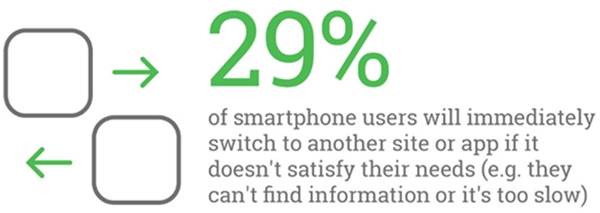Those of us who've been working in search engine optimization know that SEO has evolved significantly, especially over the past few years: It is no longer search engine optimization, per se; our efforts are now aimed mostly at users, not bots.
Here are some helpful tips for making your own SEO content efforts more relevant and productive in 2017.
SEO Content?
Some years back, we used to have a few "SEO content writers." They used to write "SEO content" for us, with a whole lot of juicy keywords, with good keyword density and internal linking.
That content ranked high on search results with some help from off-page spammy work. And we would simply repeat that technique over and over again. The more the merrier: the more keywords you could stuff in your content, the more links you got in return—and there you were... in the top 3, at least, on search results pages.
2017's Content Focus
Have Actual Experts Write Your Content
If your business is gaming, then approach real gamers. If you are a B2B company, have marketing/business experts write about and for you; they know what your users are interested in. Because they are your users. They don't even need a list of keywords; it comes to them naturally. And, most important, they bring real value—useful information—to your audience with the content they produce.
What to Write About (AKA Keyword Research)
You need to identify what the people in your target market are talking about and what they are asking for.
I use several tools—including Answerthepublic.com, Google keyword planner, keyword.io, ubersuggest.io, and even our internal PPC team—to discover which keywords are successful and drive results.
Use your business data to understand what you should be writing about: what your users are looking for in your product, including information that may be missing from your site. Once you know, solve their concerns with content you produce.
Internal Linking
From within your content link to external blogs and sites that provide more information to your users. At Outbrain, where our focus is on content marketing, we try to recommend either other articles of our own or external content that provides valid data or other useful information about the topic.
Page Speed/Load Time
Is speed for bots? Nope. Again, we are managing the user experience on a specific page. You need to remember that visitors to your site use different browsers, different Internet service providers, different devices... If your great content takes more than three seconds to load—you're done for. You just lost a user (and, potentially, a conversion).

(Image: Neil Patel)
I use some tools that you may know about: Google PageSpeed insights, Pingdom, and GTmetrix. I also use Average Page Load Time in Google Analytics:

Visual
When you eat a nice dinner, your eyes eat first: If the food presented at the table looks good, it welcomes you to have a bite, and you will be tempted to try it.
The same goes for content. Large chunks of plain text, with no headlines, no graphics, no custom design... will be unlikely to engage your users. Make sure you are optimizing the visuals for best performance, and use image alt text or titles, or both, in case images are blocked or their links are broken.
Trends and Staying Current
Make sure your content is relevant and current. If there's a certain topic everyone is talking about, identify it and write about it. For example, a few days after the Chewbacca mom video went viral, we published an article on the content marketing lessons it contained.
Navigation
Navigation is all about the user experience (UX). Make sure your users can easily navigate through your site—from the first landing page to the exit page. You'll require some help from UX experts and developers, so it could take time. But if you don't start now, then you might never start. Be patient. It will be worth it.
Marketing
Promote your content. Get other websites to recommend your articles. How? Earn links to your site by becoming an authority and offering high-quality content. Bring real value to your readers. Creating good content is not enough if no one can find it; make sure your content and SEO strategies overlap.
Measure Success
You've done your work. How are you going to show your boss you've done it well?
- Traffic: Use your analytics tools to make before/after comparisons in traffic. Measure all free traffic sources, not only organic search-driven traffic.
- Engagement: Measure your bounce rates. Install a heat-map and a click-map to see whether the content was relevant for your users. How much did they scroll? Did they click on several images/links? Did they subscribe to your blog/product after they read the content?
- Social shares: People tend to share content they find useful; a lot of shares means that piece of content resonated.
- Conversation: Create a conversation around your content—on your site and social channels and in related groups. Conversation= Engagement=Quality content.




